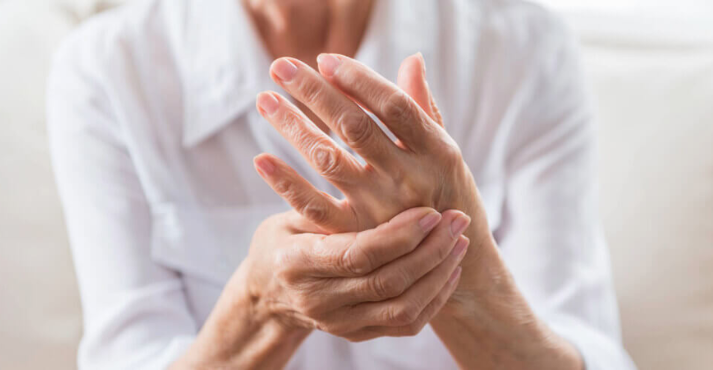Arthritis is a general term used to describe inflammation of one or more joints, leading to pain, swelling, stiffness, and reduced mobility. It affects millions of people worldwide and can significantly impact quality of life if not managed effectively. The two most common types are Osteoarthritis (OA) and Rheumatoid Arthritis (RA)—each with distinct causes, progression, and treatment strategies.
Effective arthritis management aims to control symptoms, maintain joint function, slow disease progression, and help patients lead active, independent lives.
Understanding the Two Major Types of Arthritis
Osteoarthritis (OA)
Osteoarthritis is a degenerative joint disease caused by the wear and tear of cartilage—the smooth, protective tissue that cushions the ends of bones in a joint. As cartilage breaks down, bones begin to rub against each other, causing pain, swelling, and stiffness.
Commonly affected joints:
Rheumatoid Arthritis (RA)
Rheumatoid Arthritis is an autoimmune disorder in which the body’s immune system mistakenly attacks the joint lining (synovium), leading to inflammation and joint damage. RA usually affects joints on both sides of the body and can also affect internal organs.
Commonly affected joints:
- Hands and wrists
- Feet and ankles
- Elbows, shoulders, knees
Goals of Arthritis Management
- Relieve pain and stiffness
- Reduce inflammation
- Preserve joint function and prevent deformities
- Improve mobility and quality of life
- Prevent or delay the need for joint replacement surgery
Procedure Overview
The process includes diagnosis, anesthesia, removal of damaged cartilage and bone, implantation of prosthesis, and post-operative recovery. Surgery typically lasts 1.5 to 2 hours, with a 2–4 day hospital stay.
Benefits of Knee Replacement
- Pain Relief
- Improved Joint Function
- Enhanced Mobility
- Better Sleep and Comfort
- High Success Rate
Comprehensive Arthritis Management Strategies
1. Medical Management
- Pain Relief:
- NSAIDs (e.g., ibuprofen, naproxen)
- Acetaminophen (for mild OA)
- Topical analgesics (creams and gels)
- Anti-inflammatory & Disease-Modifying Medications:
- RA-specific: DMARDs (Methotrexate, Sulfasalazine), Biologics (Etanercept, Adalimumab)
- Steroid injections: Intra-articular corticosteroids to control flares
- Supplements:
- Glucosamine and chondroitin (OA)
- Calcium and Vitamin D (especially for bone health)
2. Physical Therapy & Exercise
- Strengthening exercises to support joint stability
- Low-impact aerobic activity (swimming, cycling)
- Range-of-motion exercises to reduce stiffness
- Balance and coordination training
3. Lifestyle Modifications
- Weight Management: Every extra kg adds stress to weight-bearing joints
- Joint Protection Techniques: Ergonomic tools, proper footwear, avoiding repetitive stress
- Heat and Cold Therapy: Heat for stiffness, cold for acute pain/swelling
- Assistive Devices: Braces, canes, walkers, and orthotics
4. Interventional Therapies
- Intra-articular Injections:
- Corticosteroids for inflammation
- Hyaluronic acid for lubrication in OA
- Regenerative Medicine:
- Platelet-Rich Plasma (PRP) injections
- Stem cell therapy (in select cases)
5. Surgical Management
When conservative measures fail, surgery may be considered:
- Joint debridement or synovectomy (early-stage RA)
- Osteotomy (realigning bone in OA)
- Joint Replacement Surgery:
- Total Knee Replacement (TKR)
- Total Hip Replacement (THR)
- Shoulder or Finger Joint Replacement (RA)
Surgical outcomes are excellent in advanced cases with experienced joint replacement surgeons.
Why Choose Specialized Arthritis Care?
A multidisciplinary team approach including:
- Orthopaedic surgeons
- Rheumatologists
- Physiotherapists
- Dieticians
- Pain specialists
Ensures a personalized care plan, from early diagnosis to long-term management and surgical solutions if needed.






